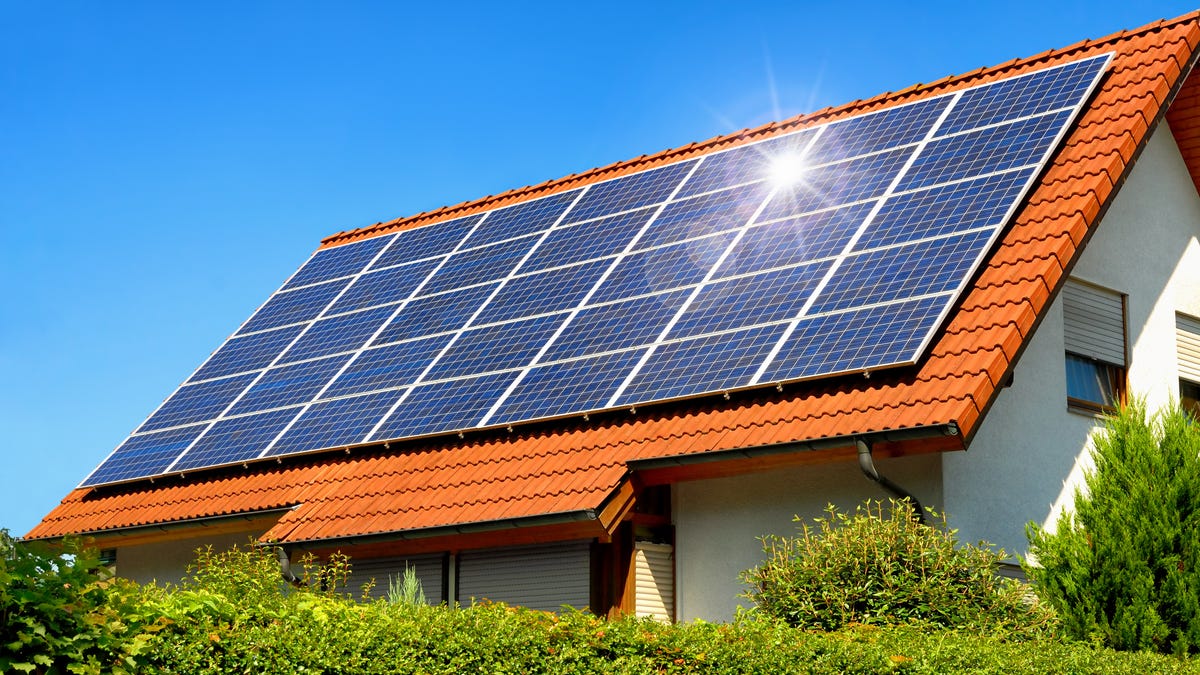
Solar energy is a sustainable and renewable source of power that is becoming increasingly popular as people look for ways to reduce their carbon footprint and save money on energy bills. Installing solar panels on your property can not only help you lower your electricity costs but also contribute to a cleaner environment. In this complete guide to solar installation , we will explore everything you need to know to unleash the power of green energy.
1. Understanding Solar Energy
How Does Solar Energy Work?
- Solar panels are made up of photovoltaic cells that convert sunlight into electricity.
- When sunlight hits the cells, it creates an electric field that generates a direct current (DC) of electricity.
- An inverter then converts the DC electricity into alternating current (AC) that can be used to power your home.
Benefits of Solar Energy
- Reduces electricity bills by generating your own power.
- Helps the environment by reducing carbon emissions.
- Incentives like tax credits and rebates are available for solar installation (also known as ‘zonne-installatie’ in the Dutch Language) .
2. Planning Your Solar Installation
Assessing Your Property
- Determine the best location for solar panels based on sunlight exposure.
- Consider any obstructions like trees or buildings that could shade the panels.
- Calculate the amount of energy you need to generate to offset your electricity usage.
Selecting the Right Solar Panels
- Choose between monocrystalline, polycrystalline, or thin-film solar panels based on efficiency and cost.
- Consider the warranty, durability, and aesthetics of the panels.
- Consult with a solar installer to determine the best option for your needs.
3. Installing Your Solar Panels
Hiring a Professional Installer
- Research local solar companies and read reviews to find a reputable installer.
- Get multiple quotes to compare pricing and services.
- Ask about the installer’s experience, certifications, and warranties offered.
The Installation Process
- The installer will survey your property and determine the best layout for the panels.
- Racking and mounting systems will be installed to secure the panels to your roof.
- Wiring and inverters will be connected to integrate the solar panels with your electrical system.
4. Maintaining Your Solar Panels
Cleaning and Inspecting the Panels
- Regularly clean the panels with water to remove dirt and debris that can reduce efficiency.
- Inspect the panels for any damage or shading that could impact their performance.
Monitoring Your System
- Use a monitoring system to track the energy production of your solar panels.
- Monitor for any issues or malfunctions that could affect the efficiency of the system.
5. Maximizing Solar Benefits
Net Metering
- Net metering allows you to sell excess energy back to the grid for credits on your electricity bill.
- Check with your utility company to see if they offer net metering programs in your area.
Battery Storage
- Installing a battery storage system can store excess energy for use during times when the sun is not shining.
- Consider adding a battery to your solar system to increase self-sufficiency and reduce reliance on the grid.
By following this complete guide to solar installation, you can unleash the power of green energy and enjoy the many benefits of generating your own clean electricity. Start your journey towards a more sustainable future today!